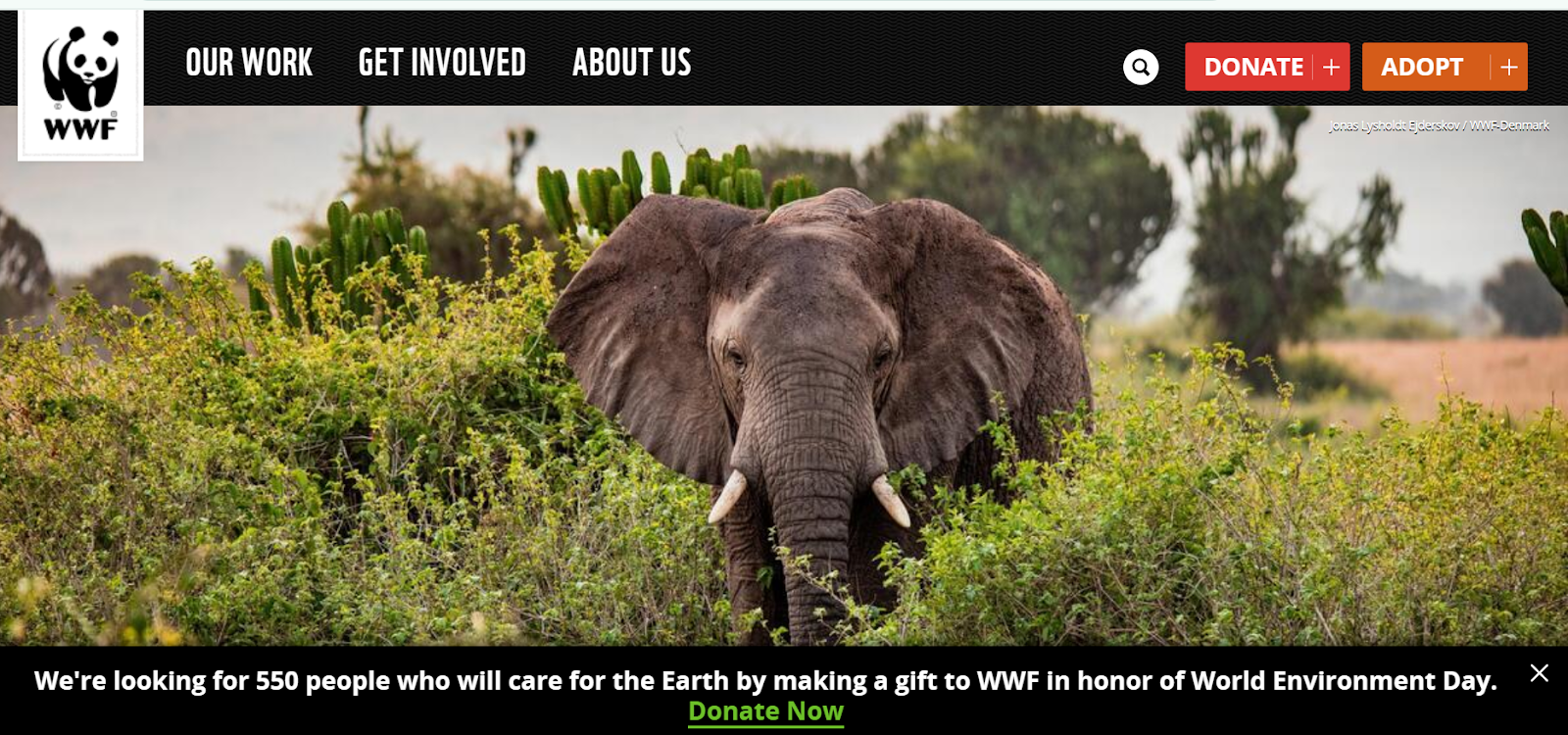Smart Strategies for Nonprofit Marketing and Donor Growth


From small local charities to national organizations, marketing and fundraising are the cornerstones of any nonprofit. But highlighting the efforts and dedication of your colleagues and the importance of your cause is only part of the work; it’s also about inspiring others to support you.
Unfortunately, when it comes to marketing and fundraising, many trustees and philanthropists quickly become overwhelmed. They often feel disadvantaged due to smaller budgets, a lack of marketing knowledge, or both. Thankfully, nonprofits don’t need to tap into a never-ending pot of funds or invest in fancy digital marketing tools to make a big impact. There are plenty of smart and simple strategies that can help your nonprofit share its message effectively and encourage growth from both new and existing donors.

What do you really know about your supporters? Sure, you might have a list of names and addresses, but there could be more information available to you than you realize. Many nonprofits may be sitting on a goldmine of existing donor data—such as ages, locations, interests, and how individuals have supported them in the past. This information is key to unlocking patterns in donor behaviours and understanding which demographics are most engaged with your mission.
Launching newsletters or planning ambitious fundraising campaigns without understanding who you’re trying to reach can feel more like a knee-jerk reaction than a carefully structured strategy. The more you know about your current and potential supporters, the easier it will be to reach new ones and communicate with them in a way that’s both personal and relevant.
Here are some ways to get started:
Taking the time to understand and segment your audience will make your marketing efforts more intentional, more personal, and ultimately more effective.
Having a strong brand identity isn’t just reserved for businesses; it also applies to nonprofits and charitable organizations. The fundraising and charity sector is incredibly saturated, and standing out requires building trust and attracting loyal donors who are with you for the long haul.
Your mission and message need to be clear, and your tone and look consistent. Ensure your mission statement is donor-friendly. For example, instead of saying, “We empower under-resourced communities with sustainable infrastructure,” consider, “With your help, we bring clean water and safe shelter to families in need.” Highlighting your impact with real stories, statistics, or visuals demonstrates how donations have made real change, building trust with current and potential donors.
WWF is a great example of an organization that does this well. Their landing page features a consistent brand identity and clear call to action

Digital marketing channels are a smart and effective approach to attract new donors and boost contributions. They can also help you engage with existing supporters and build long-term relationships—all without needing a huge budget. However, with so many channels and tools available, it’s easy to become overwhelmed. The key is to focus your energy on the platforms that matter most and use them wisely.
Here are some of the most effective digital marketing channels and tactics to focus on:
Optimize your website:
Use email marketing effectively:
Leverage social media:
World Central Kitchen, for example, makes an effort to engage with followers who comment on their posts.
Keeping hold of the donors you already have is just as important—if not more so—than attracting new ones. Long-term, sustainable fundraising depends on building strong relationships rooted in loyalty, appreciation, and trust. To truly boost donations over time, your strategy should focus on treating donors as valued individuals, not just financial transactions.
Start by personalising their donor journey. Even small touches can make a big difference:
Offer varied opportunities for engagement that go beyond giving money. These could include:
Finally, encourage recurring giving. This will provide reliable income for your organization, as well as deepen donor commitment, making them feel like an essential part of your ongoing work.
Developing a digital marketing strategy for your nonprofit allows you to track your efforts and use a continuous stream of data that can help to guide your decisions and make the most of your time and budget.
Here are some key metrics to track:

Transparency with your financial reporting goes a long way to building rapport and trust with donors who’ll be more likely to support you in the long term. Consider being open with your financial information as part of your wider marketing strategy, and highlight how donations make a real impact to help boost your credibility and increase those donations.
Utilize AI accounting software to streamline finances, reduce human error, and maintain a high level of accuracy and transparency that will give your donors peace of mind. These tools can help you:
Supporters and potential donors are more likely to give if they can understand how funds are spent. So, consider publishing annual reports that contain key financial figures and real-life impact stories. Highlight figures with user-friendly visuals such as charts and infographics, and include expense breakdowns and other funding sources.
Transparency means going beyond stating the obvious. Let donors know how much money they’ve helped raise and where those donations have gone.
As a nonprofit, you’ll understand the importance of working with others to help you achieve goals. You can implement this into your marketing strategy by working with local businesses and other organizations that want to give back. It’s a great way to spread awareness about your message and organization, as well as unlock more fundraising opportunities that will drive donations.
Many local businesses will understand that partnering with a nonprofit organization is a great way for them to demonstrate their willingness to give back and highlight their social responsibility. Finding the right business will help to build trust amongst your supporters and bring your cause in front of a completely new audience, providing more opportunities for growth. You can do this effectively by:
Remember, growing your donations and your supporter numbers takes more than just asking people to dig deep and help a good cause. Key approaches include understanding your donors, strengthening your brand, making the most of digital resources, and being financially transparent, as well as partnering effectively for growth. Implementing these strategic marketing approaches will help your nonprofit continue to grow not just today but for years to come.